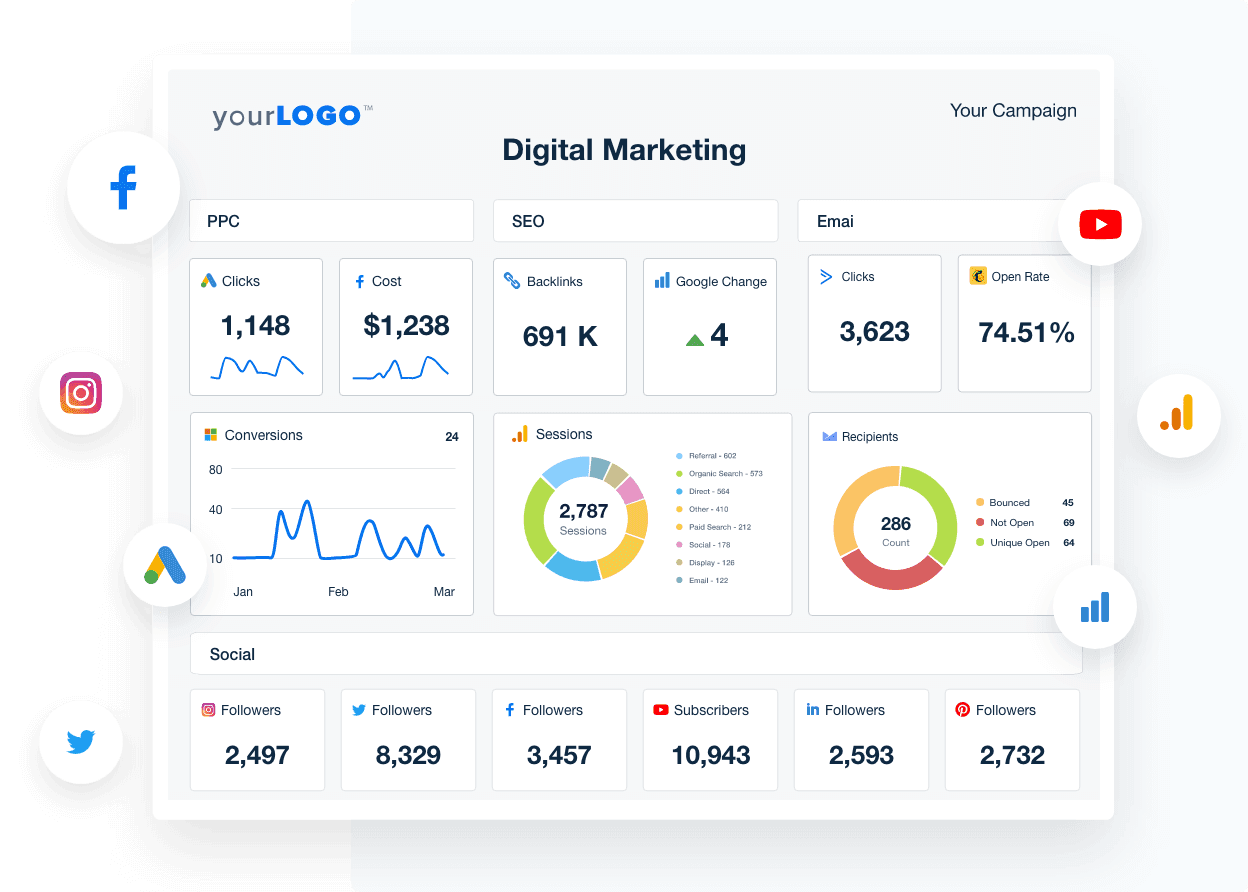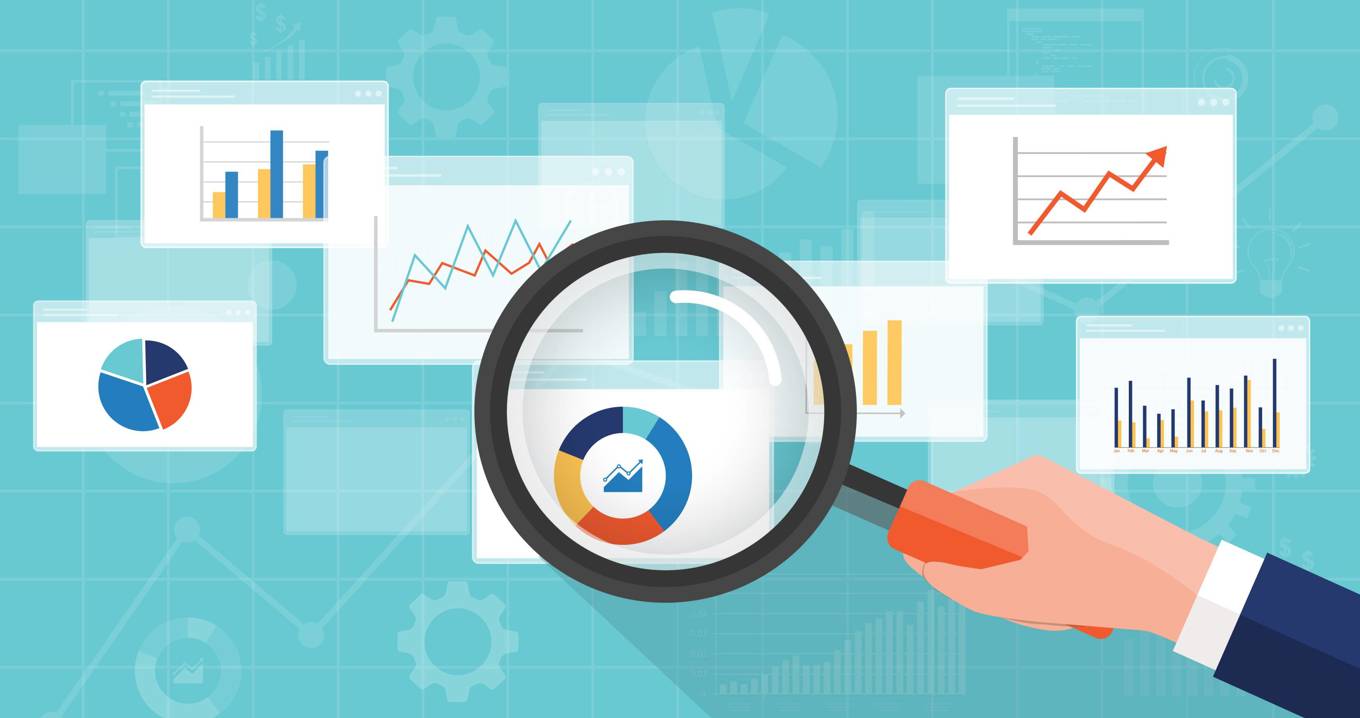Boost ROI and Effectiveness With Strategic Analytics Planning
Boost ROI and Effectiveness With Strategic Analytics Planning
Blog Article
Transform Information Into Choices With Powerful Analytics Solutions
In today's data-driven landscape, organizations deal with the difficulty of changing vast amounts of details into actionable understandings. Powerful analytics services supply the ways to browse this complexity, enabling companies to use different techniques that reveal underlying trends and forecast future problems. As firms increasingly count on these data-driven methods, the possibility for improved decision-making becomes evident. The application of these services increases vital inquiries about finest practices and the tangible benefits that can be acquired. What methods can organizations adopt to guarantee they are maximizing their analytical capabilities?
Comprehending Analytics Solutions
In today's data-driven landscape, several organizations seek to utilize analytics remedies to boost decision-making and drive tactical efforts. Analytics options incorporate a large range of techniques and tools designed to assess information, essence understandings, and assistance notified decision-making. These solutions can be classified into detailed, analysis, anticipating, and prescriptive analytics, each serving a distinct objective in the information evaluation process.
Descriptive analytics concentrates on summarizing historic data to determine patterns and trends, providing a fundamental understanding of previous efficiency. Diagnostic analytics goes a step better by exploring the reasons behind these patterns, providing deeper insights right into results and causes. Anticipating analytics utilizes analytical models and artificial intelligence techniques to anticipate future end results based on historical data, enabling organizations to anticipate market shifts and customer behavior.
Finally, prescriptive analytics suggests actions based upon predictive insights, helping organizations make notified options that straighten with their tactical objectives. As organizations increasingly acknowledge the worth of information, understanding these various kinds of analytics services comes to be essential for utilizing their full capacity. By properly implementing these solutions, firms can change raw information right into actionable understandings that educate their business approaches and enhance total efficiency.
Key Benefits of Information Analytics
Using the power of information analytics uses companies a plethora of benefits that can dramatically boost their operational efficiency and competitive benefit. Among the main benefits is enhanced decision-making. By transforming raw information right into workable insights, companies can make enlightened choices that straighten with their calculated objectives.
Furthermore, information analytics allows companies to recognize fads and patterns that may not be instantly evident. This foresight allows services to anticipate market demands, enhance resource allotment, and alleviate risks properly. Boosted consumer insights obtained from information analytics encourage organizations to customize their products and services, resulting in enhanced consumer satisfaction and loyalty.
Price decrease is another vital benefit, as analytics can enhance operations and recognize inefficiencies, leading to improved efficiency. In addition, companies can utilize anticipating analytics to anticipate future end results, promoting positive techniques as opposed to responsive measures.
Ultimately, the integration of data analytics fosters a culture of continuous enhancement, encouraging organizations to fine-tune processes and innovate. By accepting information analytics, organizations not only improve their operational capabilities yet also place themselves as leaders in their particular sectors, prepared to grow and adapt in a vibrant organization setting.
Kinds Of Analytics Strategies
Information analytics strategies are typically categorized into four major types: descriptive, diagnostic, anticipating, and authoritative analytics. Each of these strategies offers an unique function in the data evaluation procedure, enabling organizations to remove purposeful understandings.
Descriptive analytics concentrates on summarizing historical data to recognize trends and patterns. It offers a clear review of what has actually happened, often utilizing metrics such as averages and portions to notify stakeholders.
Analysis analytics goes an action even more by exploring the reasons behind previous end results. This technique employs strategies such as data mining and relationship evaluation to discover connections and factors that might have influenced outcomes.
Anticipating analytics leverages statistical designs and artificial intelligence formulas to forecast future events based on historical data. Organizations can prepare for trends and behaviors, facilitating proactive decision-making and risk monitoring.
Lastly, authoritative analytics suggests actions based on data insights, helping companies enhance procedures and source allotment. By replicating numerous situations, this technique identifies the ideal course of activity, inevitably assisting strategic planning.
Together, these analytics types make it possible for organizations to change raw data into actionable understandings, fostering informed decision-making and driving functional performance.
Executing Analytics in Business
Efficient execution of analytics in business is crucial for getting an affordable side in today's data-driven landscape. Analytics. To successfully integrate analytics into procedures, organizations should initially recognize clear goals that straighten with their strategic goals. Establishing specific, measurable results ensures that analytics efforts straight add to organization efficiency
Next, purchasing the right modern technology is essential. Organizations ought to examine their existing information framework and pick analytics devices that promote information collection, processing, and visualization. This includes utilizing sophisticated innovations such as device understanding and expert system to boost predictive abilities.
Additionally, fostering a data-driven society within the company is important. This includes training staff members to understand and utilize analytics devices efficiently, allowing them to make enlightened choices based upon data understandings. Management ought to encourage partnership among departments to guarantee that analytics initiatives are integrated throughout all business features.
Situation Studies of Successful Analytics
Successful analytics execution can be observed with different instance research studies that demonstrate the transformative effect of data-driven decision-making. One significant instance is Netflix, which uses innovative anticipating analytics to assess customer choices and viewing patterns. By leveraging this data, Netflix has efficiently tailored its material offerings, leading to raised Read Full Article customer engagement and you could look here membership growth.
One more compelling situation is that of Starbucks, which embraced location-based analytics to maximize its shop placements (Analytics). By analyzing market information, customer behavior, and market fads, Starbucks tactically placed new stores to take full advantage of foot web traffic and success. This data-driven strategy has dramatically enhanced its market existence

These situation researches highlight that when companies harness the power of analytics, they can make educated choices that drive growth, enhance client contentment, and improve functional performances. As even more companies identify the significance of data-driven techniques, the possibility for transformative end results remains to expand, leading the way for cutting-edge solutions throughout sectors.
Conclusion
In conclusion, the integration of powerful analytics services transforms information right into workable understandings, substantially improving organizational decision-making procedures. By using numerous analytics methods, businesses can reveal valuable patterns, identify ineffectiveness, and anticipate future outcomes. The effective home implementation of these remedies promotes a culture of development and continuous improvement, inevitably driving growth, improving customer fulfillment, and improving procedures. Accepting data-driven approaches is essential for organizations intending to remain competitive in an increasingly data-centric landscape.
Anticipating analytics utilizes statistical designs and device discovering techniques to anticipate future results based on historic data, allowing companies to expect market shifts and customer behavior.

Organizations must assess their present information framework and choose analytics devices that promote information collection, handling, and visualization.
Report this page